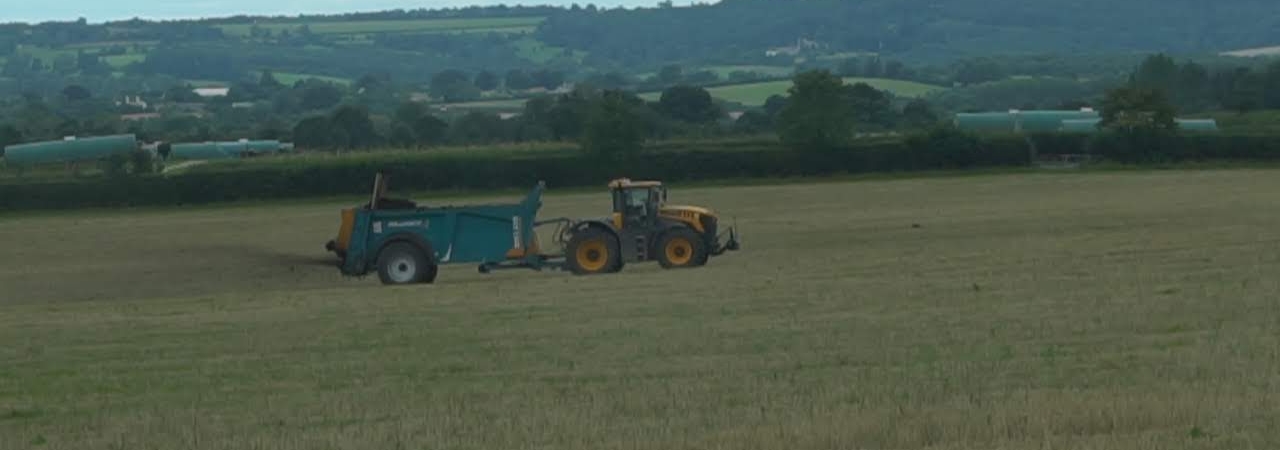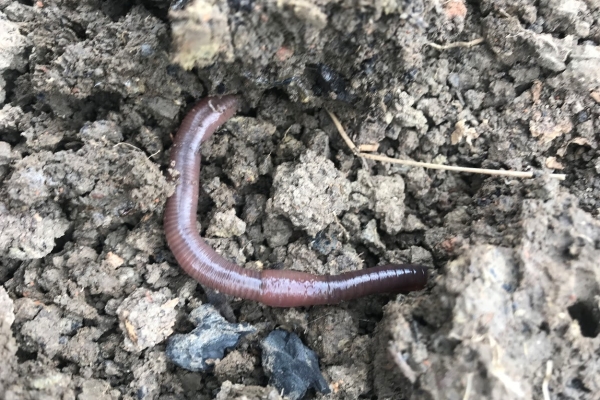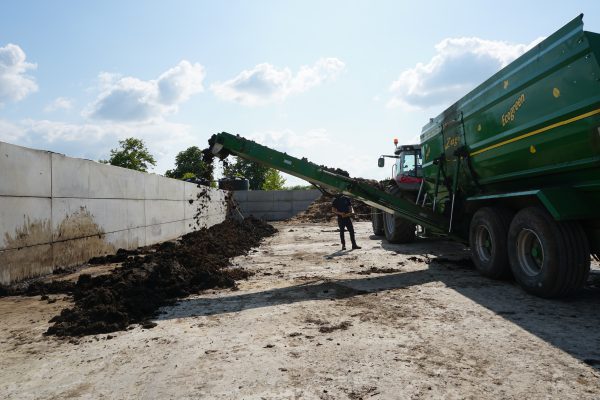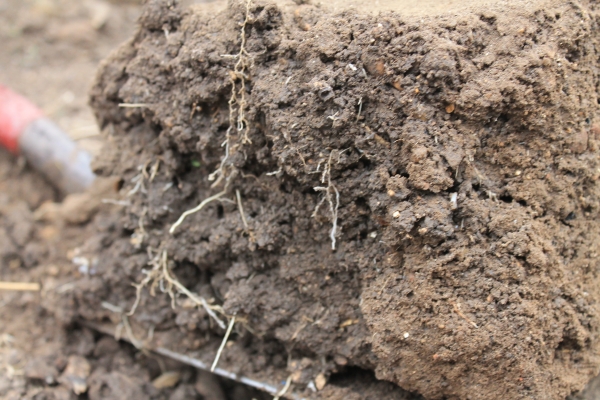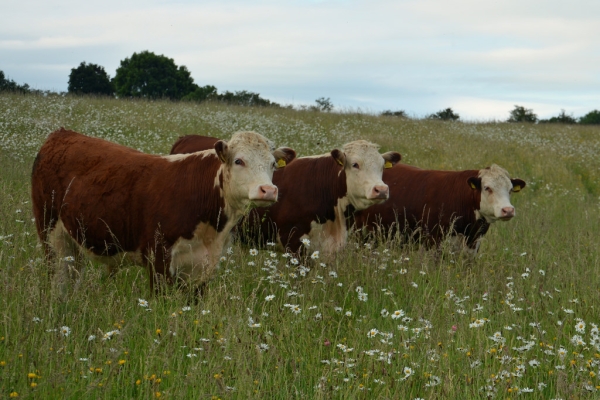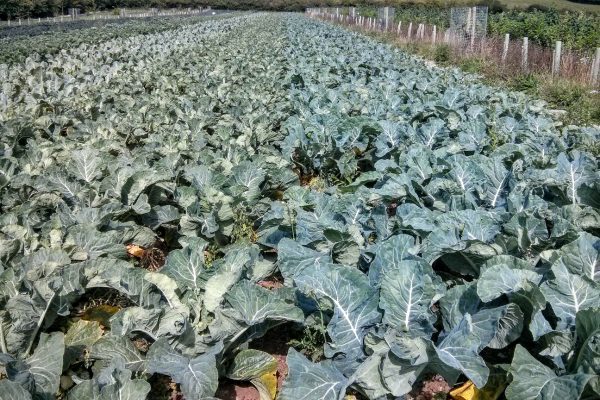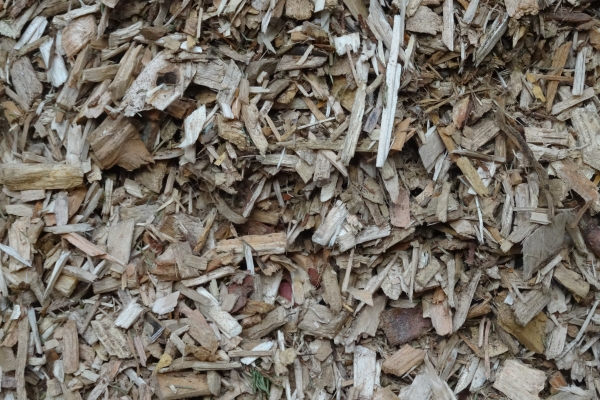Testing the effect of organic material additions on soil health
Soil Biology and Soil Health Partnership Research Case Study
Resource explained
Growing food and fibre crops requires soils to be maintained in a way that provides optimal soil structure, water retention and nutrient availability. An integrated approach that combines assessing the physical, chemical and biological properties of soil is needed for measuring soil health. The Soil Biology and Soil Health Partnership aims to improve understanding of soil biology and explore ways in which farmers can measure and manage soil health. It has developed a soil health scorecard which aims to provide information on key indicators of the chemical, physical and biological condition of soil, to help guide soil and crop management decisions. This is being tested at a series of long-term experimental sites including Harper Adams University, which is investigating the impact of repeated organic material additions at recommended rates (cattle farmyard manure and slurry, green compost, green/food compost and food-based digestate) on soil and crop quality in a predominantly arable rotation. This case study details an example of a scorecard used there and looks at what the results show.
Findings & recommendations
- The case study reports on initial testing of the scorecard for soil properties on soil where there is already an established evaluation framework (e.g. analysing soil nutrients and using the visual soil evaluation of soil structure score – VESS).
- The results reveal the value of applying organic materials for increasing soil organic matter (SOM) contents on light textured soils – particularly bulky materials such as farmyard manure (FYM) and green compost.
- FYM and green compost also provide valuable nutrients such as phosphate and potash.
- The VESS scores indicated ‘good’ soil structure throughout the top 30 cm of soil, with an ‘active’ population of earthworms.
- Additional measures of topsoil bulk density (at 5-10 cm depth) indicated that applying bulky organic materials (FYM and green compost) reduced the level of topsoil compaction.
Find out more about AHDB GREATsoils here and the scorecard here.
